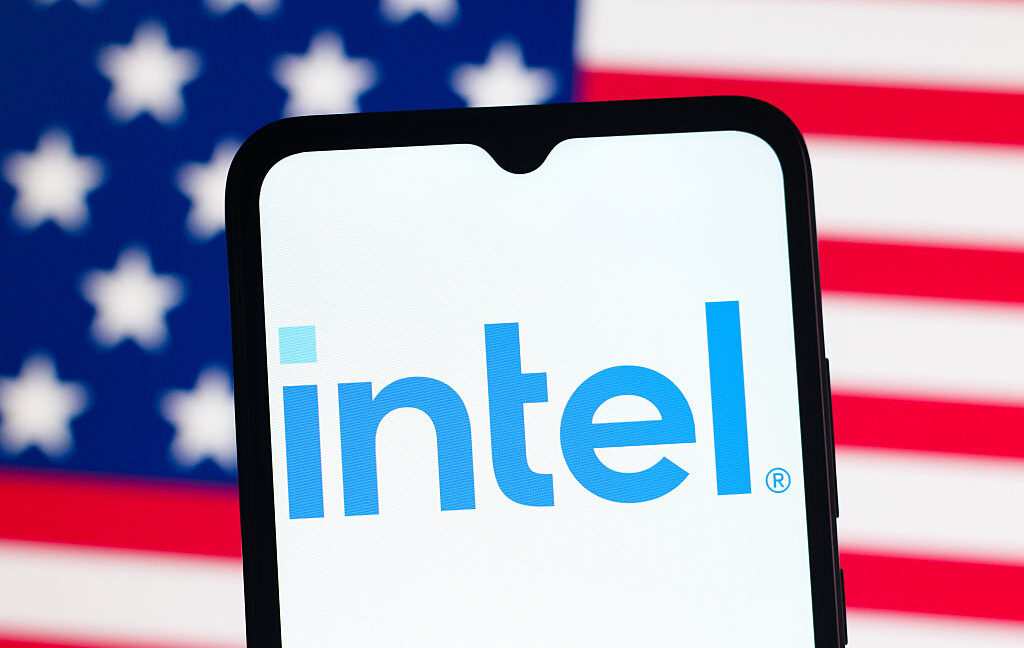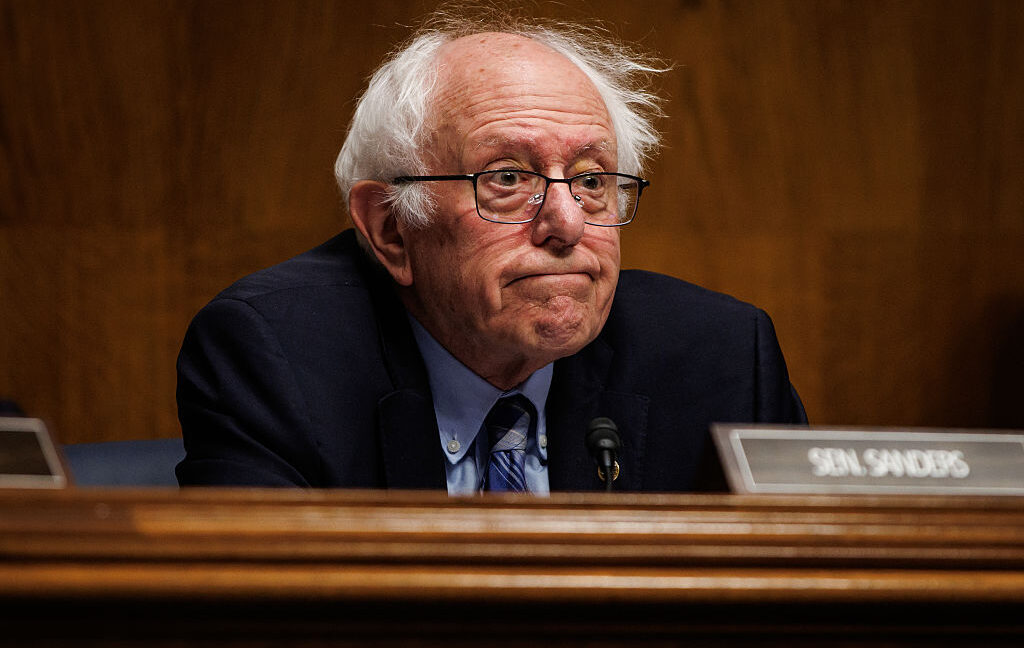Ars Live: Consumer tech firms stuck scrambling ahead of looming chip tariffs
And perhaps the biggest confounding factor for businesses attempting to align supply chain choices with predictable tariff costs is looming chip tariffs. Trump has suggested those could come in August, but nearing the end of the month, there’s still no clarity there.
As tech firms brace for chip tariffs, Brzytwa will share CTA’s forecast based on a survey of industry experts, revealing the unique sourcing challenges chip tariffs will likely pose. It’s a particular pain point that Trump seems likely to impose taxes not just on imports of semiconductors but of any downstream product that includes a chip.
Because different electronics parts are typically assembled in different countries, supply chains for popular products have suddenly become a winding path, with potential tariff obstacles cropping up at any turn.
To Trump, complicating supply chains seems to be the point, intending to divert entire supply chains into the country to make the US a tech manufacturing hub, supposedly at the expense of his prime trade war target, China—which today is considered a world manufacturing “superpower.”
However, The New York Times this week suggested that Trump’s bullying tactics aren’t working on China, and experts suggest that now his chip tariffs risk not just spiking prices but throttling AI innovation in the US—just as China’s open source AI models shake up markets globally.
Brzytwa will share CTA research showing how the trade war has rattled, and will likely continue to rattle, tech firms into the foreseeable future. He’ll explain why tech firms can’t quickly or cheaply divert chip supply chains—and why policy that neglects to understand tech firms’ positions could be a lose-lose, putting Americans in danger of losing affordable access to popular tech without achieving Trump’s goal of altering China’s trade behavior.
Ars Live: Consumer tech firms stuck scrambling ahead of looming chip tariffs Read More »













